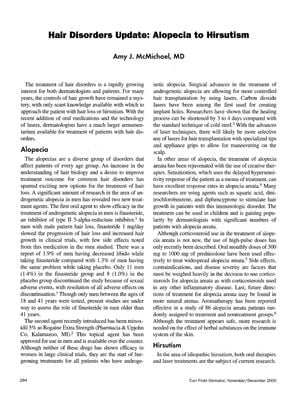TLDR New treatments for hair loss and excessive hair growth show promise with few side effects and advancements in laser technology.
The document from 2000 discusses advancements in the treatment of hair disorders, particularly alopecia and hirsutism. For alopecia, two new treatments were highlighted: finasteride, an oral medication that has been shown to slow hair loss progression and increase hair growth in men with androgenetic alopecia, and minoxidil 5%, a topical solution approved for men. Both treatments had limited side effects, with finasteride causing decreased libido in 1.9% of men compared to 1.3% on placebo. Laser technology was also improving hair transplantation outcomes. For alopecia areata, new therapies included sensitization with agents like squaric acid and high-pulse doses of corticosteroids. Aromatherapy showed potential in a study with 86 patients. In treating hirsutism, finasteride showed promise in reducing symptoms with few side effects, and a new topical agent, Vaniga (Eflornithine HCl), was approved for unwanted facial hair in women. Laser-assisted hair removal technologies were advancing, offering long-term reduction in unwanted hair. The document anticipates future treatments to focus on hormonal modulation of hair loss in women and improved laser hair removal for all skin types.
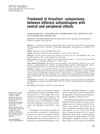 75 citations
,
March 1999 in “Fertility and sterility”
75 citations
,
March 1999 in “Fertility and sterility” Finasteride, CPA, and flutamide are all equally effective in reducing excessive hair growth in women.
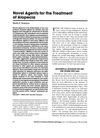 29 citations
,
December 1998 in “Seminars in Cutaneous Medicine and Surgery”
29 citations
,
December 1998 in “Seminars in Cutaneous Medicine and Surgery” New treatments for hair loss show promise, especially finasteride for men and a stronger minoxidil formula.
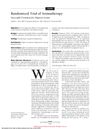 122 citations
,
November 1998 in “Archives of Dermatology”
122 citations
,
November 1998 in “Archives of Dermatology” Aromatherapy with certain essential oils is a safe and effective treatment for hair growth in alopecia areata patients.
 581 citations
,
October 1998 in “Journal of The American Academy of Dermatology”
581 citations
,
October 1998 in “Journal of The American Academy of Dermatology” Finasteride safely and effectively treats male pattern hair loss, but may cause reversible sexual issues and harm male fetuses.
 76 citations
,
December 1997 in “Fertility and Sterility”
76 citations
,
December 1997 in “Fertility and Sterility” Finasteride reduces hair growth better, but spironolactone has more side effects.
 75 citations
,
November 1996 in “Fertility and Sterility”
75 citations
,
November 1996 in “Fertility and Sterility” Finasteride effectively reduces hair growth in women with idiopathic hirsutism, but requires careful contraception during treatment.
117 citations
,
February 1996 in “International Journal of Dermatology” A 300 mg monthly pulse of prednisolone effectively and safely treats widespread alopecia areata.
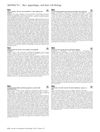 May 2019 in “The journal of investigative dermatology/Journal of investigative dermatology”
May 2019 in “The journal of investigative dermatology/Journal of investigative dermatology” Age-related hair loss is linked to the decline and dysfunction of hair follicle stem cells.
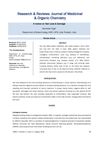
The article concludes that understanding the causes of hair loss and using continuous treatments like minoxidil and finasteride can help manage it, despite potential side effects.
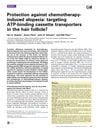 24 citations
,
November 2013 in “Trends in pharmacological sciences”
24 citations
,
November 2013 in “Trends in pharmacological sciences” Increasing ABC transporters in hair follicles may prevent chemotherapy-induced hair loss.
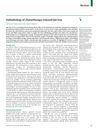 218 citations
,
January 2013 in “The Lancet Oncology”
218 citations
,
January 2013 in “The Lancet Oncology” Chemotherapy causes hair loss by damaging hair follicles and stem cells, with more research needed for prevention and treatment.
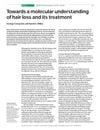 236 citations
,
July 2001 in “Trends in Molecular Medicine”
236 citations
,
July 2001 in “Trends in Molecular Medicine” Future hair loss treatments should aim to extend hair growth, reactivate resting follicles, reverse shrinkage, and possibly create new follicles, with gene therapy showing promise.
